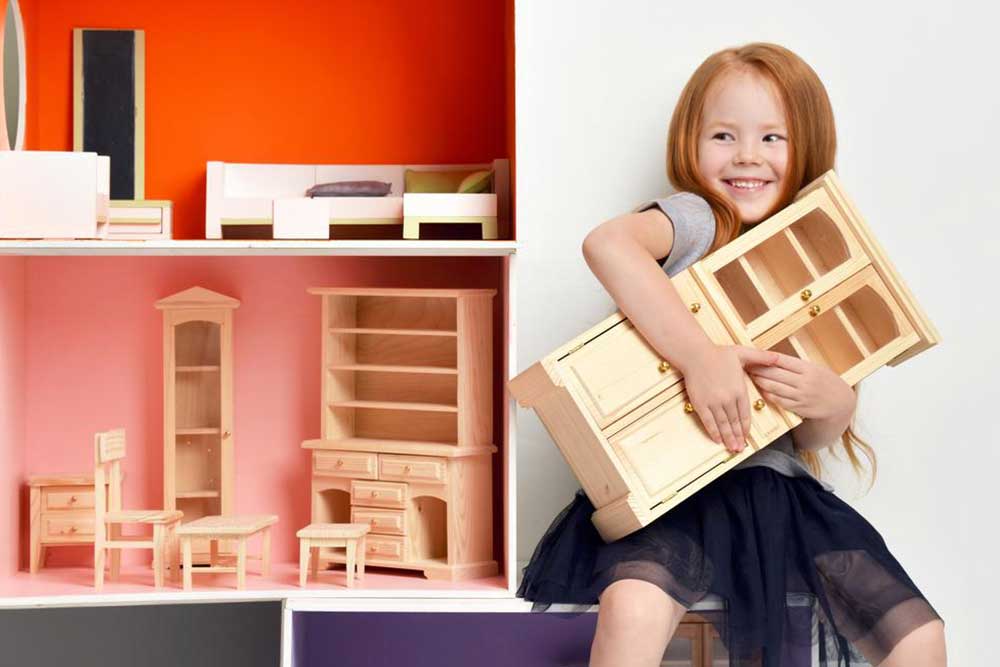Two best types of horse toys for children
Horse toys have been a favorite among many kids ranging between 3 and 10. From the classic rocking horse toys to the plastic figurines, children are almost always fascinated by the horses. Children get inspired by horse toys that they imagine themselves in a rodeo or a horse show, etc and focus and channel their energy in constructive ways. Two of the best horse toys referred by almost every kid are as follows:

KidKraft Derby Rocking Horse
This horse toy is a favorite for children through the past ages because of the rocking horse feature. This toy is made of classic wood and has a rocking bottom that enables a child to get on the horse toy and rock them as if they are riding a horse. Children preserve this toy until they outgrow it by getting taller than the horse toy. Even when adults see a rocking wooden horse toy that can accommodate them, they happily get on and reminiscence their childhood of rodeo role-playing. This horse toy is made of a wooden mane and looks exactly like a horse, and the wooden base has an anti-tip safety feature to ensure that children don’t fall off by tipping the horse too far. This horse toy is best suited for children above three years of age, but it can be used by younger children as well if there is adult supervision.
My Dream Horse – Paint Your Own Horse Activity Kit by Breyer
This horse toy is a favorite among children who love creativity. This toy is greatly soared by children even as they grow old because they can make this horse toys their own by customizing it to fit their dreams. This can be considered a children’s artifact that every generation in a family enjoys giving their own children and keeping them back as collectibles as they grow up. The box set contains a pair of model horse toys made of plastic and the overall kit contains brushes, paint, and directions booklet that helps children design and customize their dream horse. These customizable horse toys are best suited for those above the age of five but can be given to children as young as three years old.




